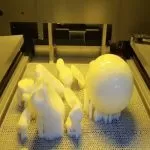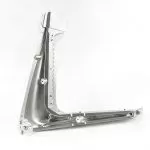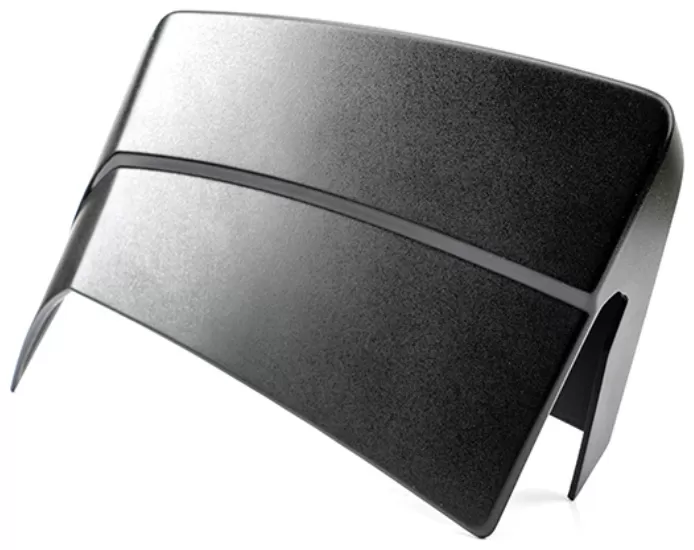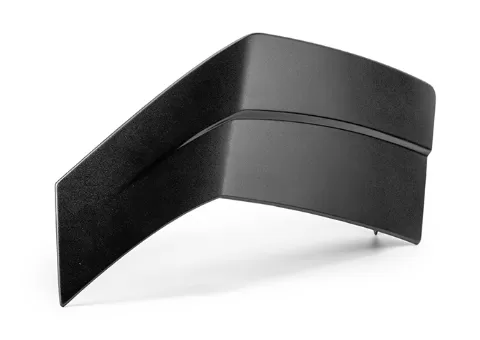
硅胶模具:在小批量生产中节省时间和精力
2025-04-11
汽车原型加工案例前照灯框架
2025-04-14汽车原型加工外壳零件

Processing method: Vacuum molding
Material used: PX5690 (similar to ABS)
Maximum precision: 0.05mm Production cycle: 1~2 days
Product size: 48 cm * 19.5cm * 9 cm
Post-processing: Matte spray
案例介绍
汽车壳体零件的原型制作是汽车制造和设计过程中的关键步骤。它涉及创建物理模型或原型,用于验证新设计的外观、尺寸、配合和功能。原型制作通常在大规模生产之前进行,以确保设计符合所有技术和质量要求。以下是汽车外壳零件原型制作的一般过程:
Design and Modeling: Use computer-aided design (CAD) software to create detailed designs of automotive components. These drawings will include all the necessary sizes, shapes, and details of fittings.

Material selection: Choose the appropriate material according to the purpose and characteristics of the prototype, such as ABS plastic, polyurethane, composite material or metal.
Manufacturing method: Select appropriate rapid prototyping technology based on design complexity and quantity, such as stereolithography (SLA), selective laser melting (SLM), CNC milling or turning, etc.

Post-processing: After rapid prototyping, sanding, filling, painting, polishing or other surface treatments may be required to improve the appearance and texture of the prototype.
Assembly and testing: The prototype is installed on the car for actual assembly testing to check its fit, structural strength and functional performance.

Evaluation and Optimization: Make necessary modifications and optimizations to the prototype based on the test results until the design and technical standards are met.
Final Confirmation: When the prototype passes all tests and meets all requirements, it can proceed to the next step, such as the production of mass production molds and production preparation.
汽车外壳零件的原型制作不仅有助于识别潜在的设计问题,还为工程师和设计师提供了实际评估和改进的物理样本。这一过程对于确保最终产品质量、缩短开发周期和控制成本至关重要。







